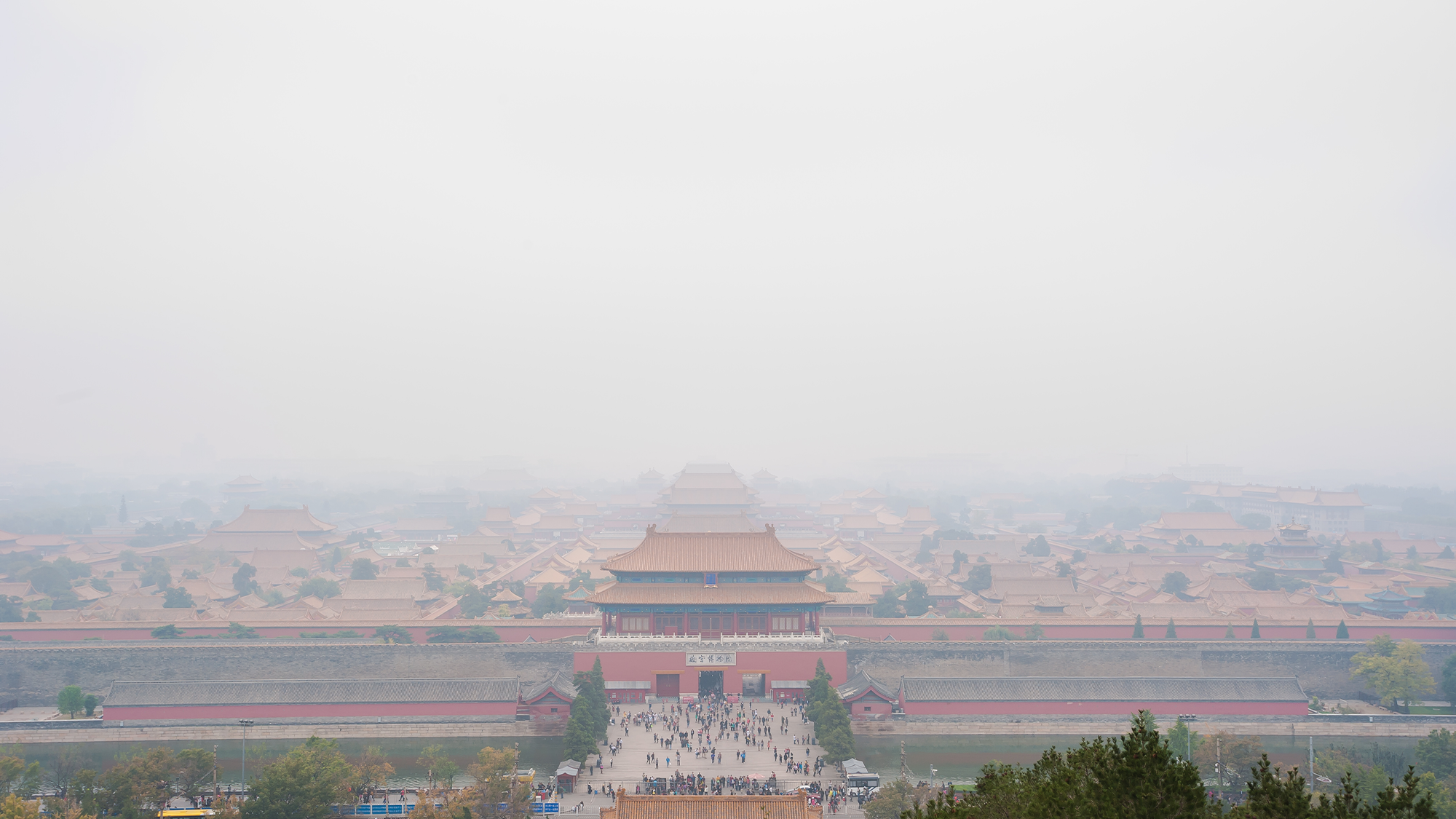beijingwalker
ELITE MEMBER

- Joined
- Nov 4, 2011
- Messages
- 65,191
- Reaction score
- -55
- Country
- Location
China’s clean heating policies may have prevented over 23,000 premature deaths in 2021, study finds
- Concentrations of hazardous PM2.5 particles fell by 41 per cent in Beijing and 27 other cities from 2015 to 2021 due to the policies, researchers say
- The government introduced a winter clean heating plan for the north of the country in 2017, aiming to reduce air pollution
Published: 6:30am, 2 Feb, 2023

Air quality in Beijing and other northern Chinese cities improved from 2015 to 2021 because of a clean heating plan, according to a new study. Photo: Getty Images
China’s clean heating policies have improved air quality in the north of the country and potentially prevented more than 23,000 premature deaths in 2021 compared to 2015, according to a new study.
From 2015 to 2021, concentrations of PM2.5 – the fine and hazardous particles that are a key indicator of air pollution – dropped by 41 per cent in Beijing, Tianjin and 26 surrounding cities, known as the “2+26” cities, and by 13 per cent in other northern cities because of the policies, the study found.
“This demonstrates the effectiveness of stricter clean heating policies on PM2.5 in ‘2+26’ cities,” according to researchers from the University of Birmingham and Nankai University in Tianjin.
They said that as a result of the drop in PM2.5 concentrations, premature deaths caused by winter heating fell from 169,016 in 2015 to 145,460 in 2021. That suggested 23,556 premature deaths had been prevented in 2021 because of the clean heating policies.
China has centralised winter heating systems that are usually switched on from mid-November and switched off again in mid-March. This “heating season” is one of the largest energy consumers in the world. The main energy source is coal, which provided more than 80 per cent of heating in China in 2016, according to a Greenpeace analysis of government data. Biomass burning is also often used in rural areas.
A 2020 Peking University study estimated that in 2014 heating from coal and biomass burning contributed 13 per cent and 43 per cent, respectively, of the outdoor and indoor PM2.5 concentrations in urban China.
The Chinese government introduced an action plan in 2013 to tackle air pollution, with an emphasis on controlling coal consumption and on industry making the switch from coal to cleaner fuels and electricity.
It was followed by a winter clean heating plan for the north of the country in 2017, aiming to reduce air pollution from heating systems. It set a target of increasing the level of clean heating being used in northern China to 70 per cent by 2021 compared to the 2016 level, and to 100 per cent in urban areas of Beijing and surrounding cities by 2021.
China has seen significant progress on improving air quality over the past decade. The annual average PM2.5 concentrations in 339 Chinese cities under the national air quality monitoring network fell from 72 micrograms per cubic metre in 2013 to 30 in 2021.
But it is challenging to evaluate the effectiveness of clean heating policies because of the complex physical and chemical processes in the atmosphere as well as other socioeconomic factors that can affect pollution levels, according to the latest study.
The researchers said they used a new approach to quantify the impact of clean heating policies that combined machine learning and a synthetic control method.
They categorised 189 cities across China into five groups – three experimental groups of cities with centralised heating systems, one control group of cities without such systems, and one group of southern cities located near places where centralised heating is used.
A machine learning model was first used to strip out the effects of weather from observed pollutant concentration data in the 189 cities.
The researchers then used the synthetic control method to build an artificial control city that was comparable to the experimental cities. The artificial city was built from the weighted average of a group of control cities by adding data on pollutants in the experimental cities before their heating was switched on.
The differences observed after the policy intervention could be deemed as its impact, according to the study.
It said the contribution from winter heating to annual average PM2.5 concentrations in mainland China fell from 5.7 micrograms per cubic metre in 2015 to 3.8 in 2021. That showed the effectiveness of the clean heating policies, the study said.
Corresponding author Zongbo Shi, professor of atmospheric biogeochemistry at the University of Birmingham, said clean heating policies had major health benefits and other parts of China should follow the approach of the “2+26” cities.
“Heating remains a major source of air pollution. Speeding up the decarbonisation of heating will bring benefits to both air quality and health,” Shi said, adding that other parts of the world should also focus on decarbonisation of heating.

China’s clean heating policies ‘may have prevented over 23,000 premature deaths’
Concentrations of hazardous PM2.5 particles fell by 41 per cent in Beijing and 27 other cities from 2015 to 2021 because of the winter clean heating plan, researchers say.


